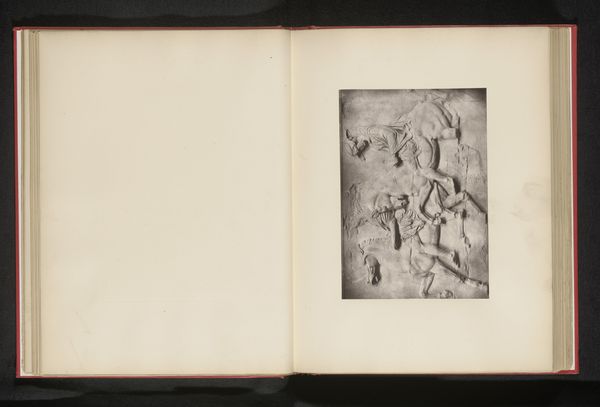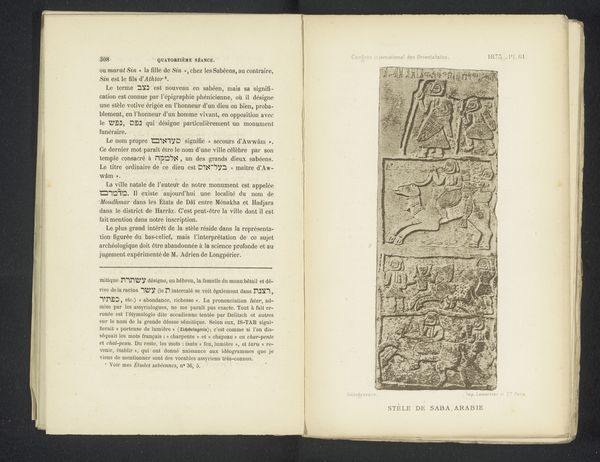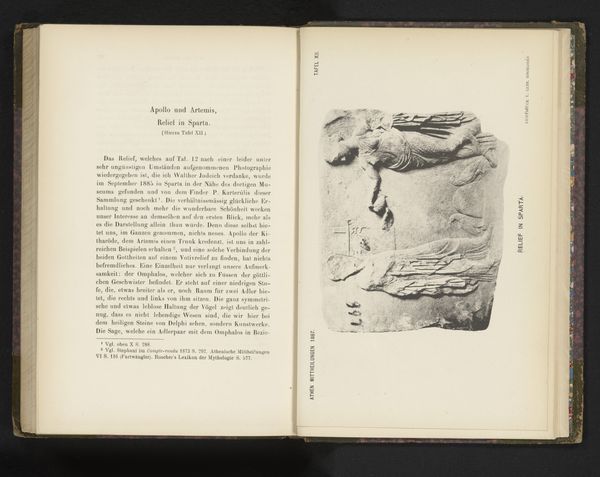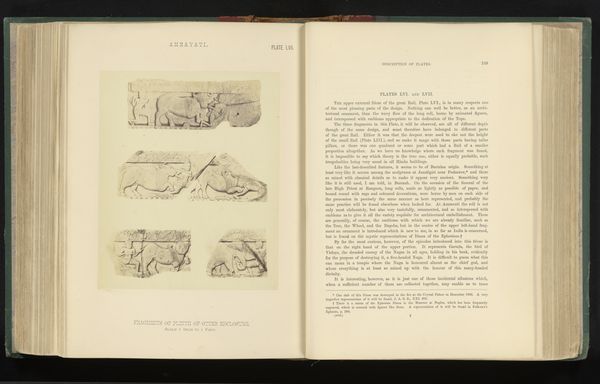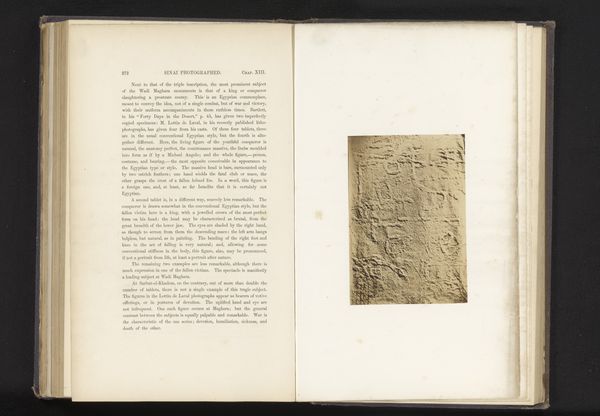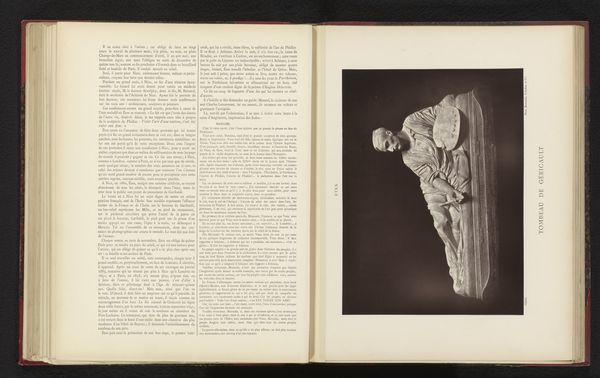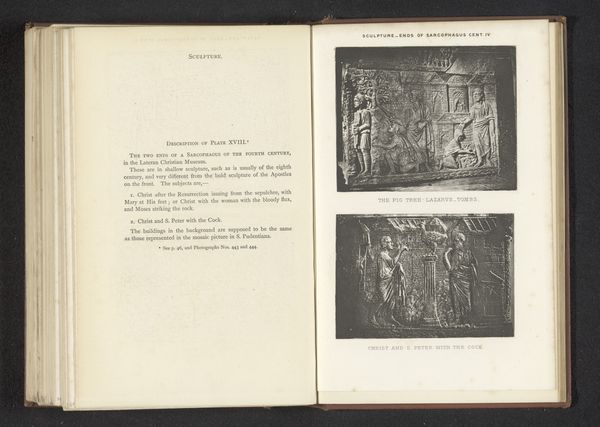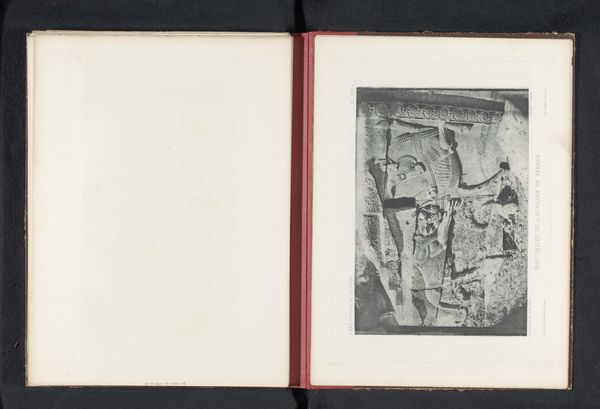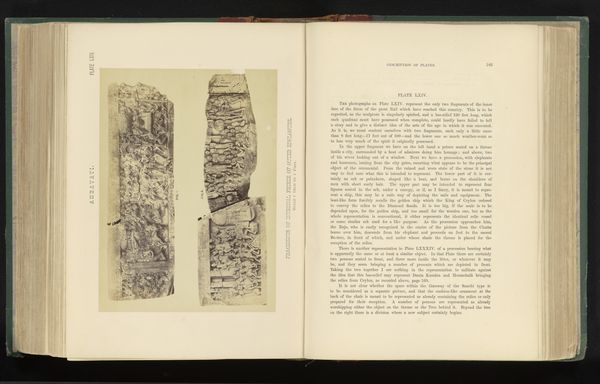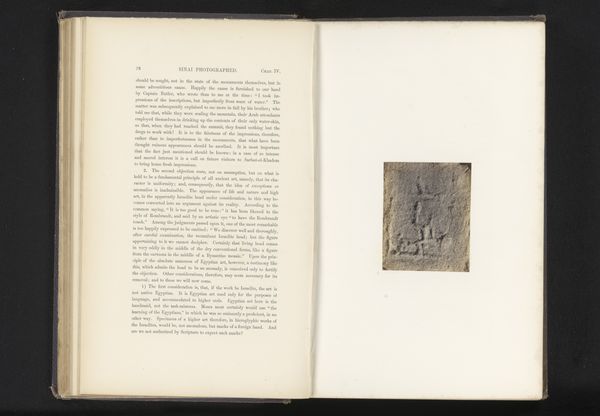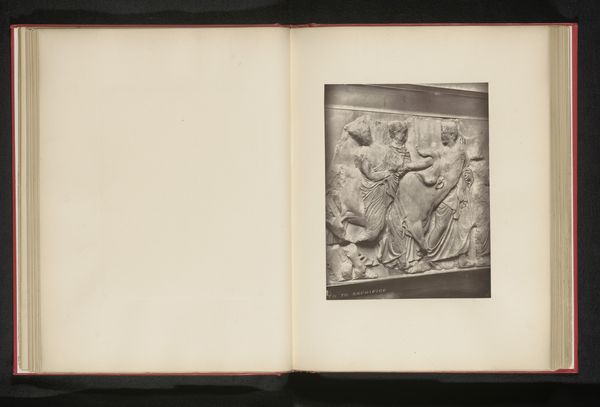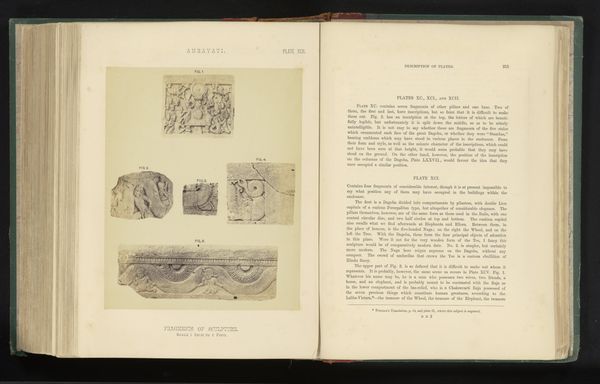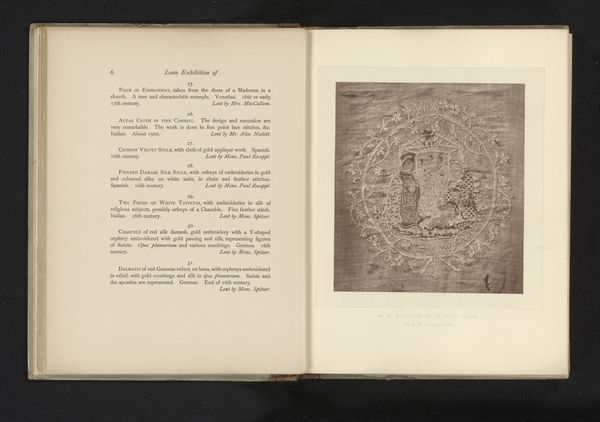
relief, sculpture
#
greek-and-roman-art
#
relief
#
landscape
#
figuration
#
ancient-mediterranean
#
sculpture
Dimensions: height 168 mm, width 224 mm
Copyright: Rijks Museum: Open Domain
Curator: Let’s discuss these photographic reliefs documented by Frédéric Boissonnas sometime before 1910, titled "Relief aan de westfries van het Parthenon" depicting sections of the Parthenon frieze. What are your initial thoughts? Editor: Stark and dramatic. The grayscale and sharp focus give the sculptures a monumental feel, despite, of course, being only a photograph. The contrast emphasizes the depth and complexity of the carving, which seem frozen in a perpetual, almost chaotic, motion. Curator: The Parthenon, dedicated to Athena, embodies Athenian power and values. The frieze itself served as a continuous narrative, wrapping around the cella, the innermost structure of the temple. Can you identify the human figure, action, or procession? Editor: There are clearly equestrian figures engaged in some kind of dynamic, perhaps ritualistic movement. Look at the rhythm established by the repeated forms of the horses and riders. There is definitely something narrative being articulated with these spatial relationships, through the placement and depth of figures in the relief. Curator: Precisely. The Panathenaic procession, a religious festival honoring Athena’s birthday, is believed to be the inspiration behind this sculpture. It mirrors and magnifies Athenian identity back at the citizens. And horses symbolize wealth, power, and the Athenian cavalry's strength, connecting back to those ideals you highlighted. Editor: And note how the artist uses light and shadow to direct our eyes, enhancing the sense of movement and depth. Also, this snapshot highlights the fractured nature of historical record. Fragments captured and documented through photography gives insight, but also obscures a more complete picture of its original form. Curator: Indeed. The damaged state echoes not just the passage of time, but also the vicissitudes of cultural memory. These sculptures remind us that we interpret historical symbols through a modern lens, reconstructing the past rather than merely observing it. This becomes even more complex as documentation methods change. Editor: Seeing this representation invites considerations about the original artistic intentions versus their reception and interpretation today, how much photography, archiving, or the ravages of time, color the stories these cultural objects hold. Curator: The blend of original creation, appropriation through archiving, and evolved meaning gives it that lasting potency. Editor: Exactly. I am grateful for your time and this illuminating dialogue!
Comments
No comments
Be the first to comment and join the conversation on the ultimate creative platform.
